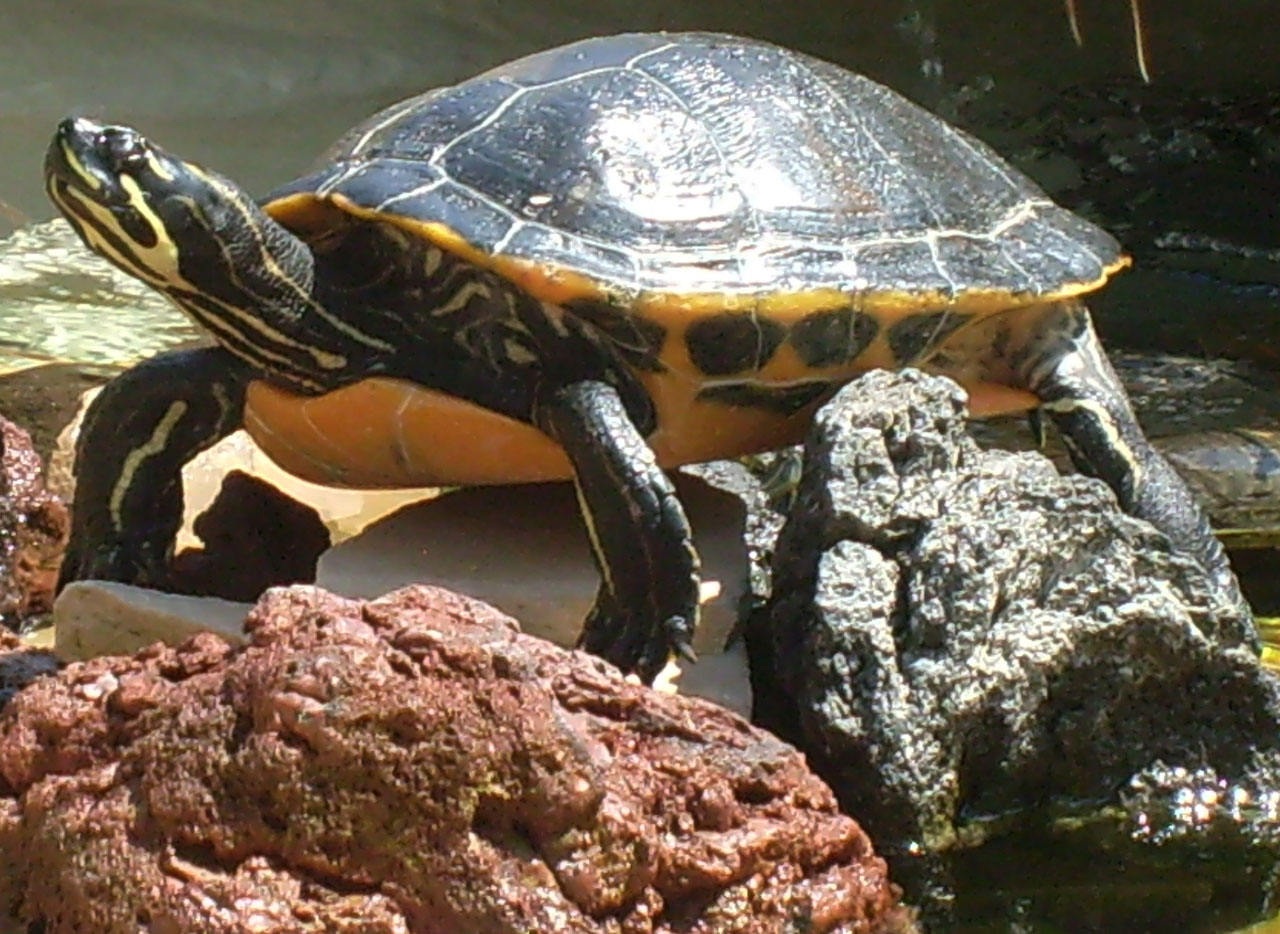How Do Turtles Poop?
Turtles are fascinating creatures that have captured the curiosity of humans for centuries. From their unique shells to their slow and steady movements, turtles have a charm that is hard to resist. However, one question that often arises when discussing turtles is, “How do they poop?” In this article, we will explore the intriguing world of turtle digestion and uncover the secrets behind their bathroom habits.
The Digestive System of Turtles
Before delving into the specifics of turtle poop, it is essential to understand the basics of their digestive system. Turtles, like other reptiles, have a relatively simple digestive tract compared to mammals. Their digestive system consists of the mouth, esophagus, stomach, small intestine, large intestine, and cloaca.
The mouth of a turtle is equipped with a beak-like structure that helps them bite and chew their food. Unlike mammals, turtles lack teeth, so they rely on their strong jaws to break down their meals into smaller pieces. Once the food is sufficiently chewed, it travels down the esophagus and enters the stomach.
In the stomach, the food is mixed with digestive enzymes and acids, which help break it down further. From the stomach, the partially digested food moves into the small intestine, where nutrients are absorbed into the bloodstream. The remaining undigested material then enters the large intestine.
The large intestine is responsible for absorbing water and electrolytes from the undigested food, further concentrating the waste material. Finally, the waste, known as feces, is stored in the cloaca until it is ready to be eliminated.
The Process of Turtle Pooping
Now that we have a basic understanding of the turtle’s digestive system, let’s explore how they actually poop. Turtles have a unique way of eliminating waste due to the presence of the cloaca, a multi-purpose opening that serves as the exit point for both feces and urine.
When a turtle is ready to poop, it positions itself over a suitable spot, such as land or water, depending on the species. The cloaca then opens, allowing the feces to pass through. The process is relatively quick, and the turtle can expel the waste in a matter of seconds.
Interestingly, turtles do not have control over their bowel movements like humans do. They cannot voluntarily hold in their poop or choose when to eliminate waste. Instead, their bodies have a natural reflex that triggers the release of feces when the cloaca opens.
Factors Affecting Turtle Poop
Several factors can influence the frequency and consistency of turtle poop. These factors include diet, temperature, hydration, and overall health. Let’s take a closer look at each of these factors:
Diet:
- Turtles are omnivorous creatures, meaning they eat both plants and animals. The composition of their diet can significantly impact their poop. For example, a turtle that consumes a high-fiber diet will produce more solid and bulky feces, while a turtle on a primarily carnivorous diet may have smaller and softer feces.
Temperature:
- Turtles are ectothermic animals, meaning their body temperature is regulated by the environment. The temperature at which a turtle is kept can affect its metabolism and digestion. Warmer temperatures generally result in faster digestion and more frequent bowel movements.
Hydration:
- Proper hydration is crucial for maintaining healthy digestion in turtles. Dehydration can lead to constipation and dry, hard feces. On the other hand, a well-hydrated turtle will have softer and more regular bowel movements.
Overall Health:
- Just like any living creature, a turtle’s overall health can impact its digestive system. Illnesses, infections, or digestive disorders can cause changes in the frequency or consistency of turtle poop. If you notice any significant changes in your turtle’s bathroom habits, it is essential to consult a veterinarian.
Frequently Asked Questions (FAQ)
1. Can turtles poop underwater?
Yes, turtles can poop underwater. Since their cloaca serves as the exit point for both feces and urine, turtles can eliminate waste while submerged in water.
2. How often do turtles poop?
The frequency of turtle poop can vary depending on factors such as diet, temperature, and overall health. On average, turtles may poop once every few days to once a week.
3. What does turtle poop look like?
Turtle poop can vary in appearance depending on their diet. It can range from solid and bulky to softer and more liquid-like. The color of turtle poop is typically brown or greenish-brown.
4. Can turtles hold in their poop?
No, turtles cannot hold in their poop like humans can. They lack voluntary control over their bowel movements and rely on natural reflexes to eliminate waste.
5. Can turtle poop be used as fertilizer?
Turtle poop, like other animal waste, can be used as fertilizer. However, it is important to ensure that the waste is properly composted before using it in gardens or agricultural settings.
6. Is turtle poop harmful to humans?
Turtle poop can contain bacteria and parasites that may be harmful to humans if proper hygiene practices are not followed. It is important to wash hands thoroughly after handling turtles or cleaning their enclosures to minimize the risk of infection.
Summary
Turtles have a unique way of pooping due to their cloaca, a multi-purpose opening that serves as the exit point for both feces and urine. They cannot voluntarily control their bowel movements and rely on natural reflexes to eliminate waste. Factors such as diet, temperature, hydration, and overall health can influence the frequency and consistency of turtle poop. Understanding the intricacies of turtle digestion and bathroom habits can help turtle owners ensure the health and well-being of their beloved pets.



